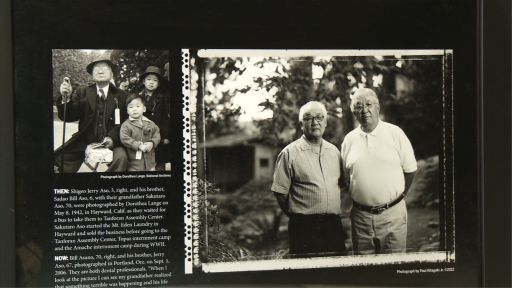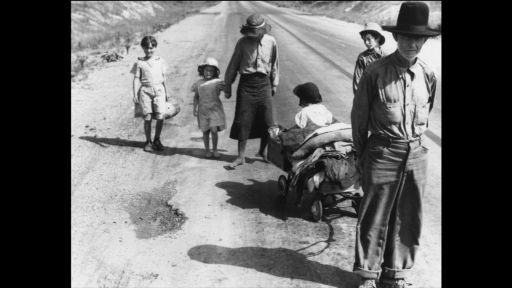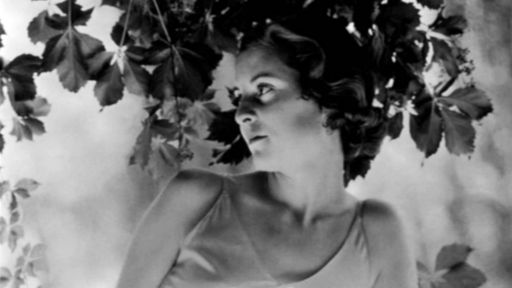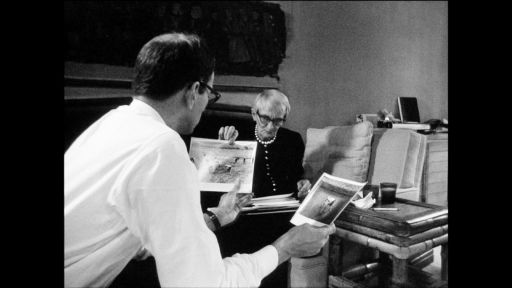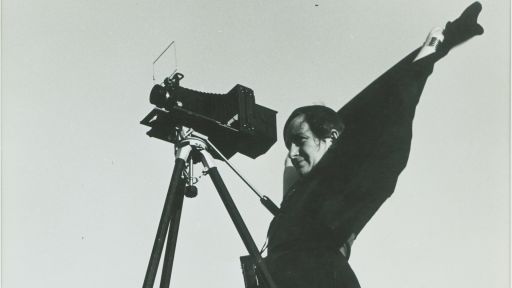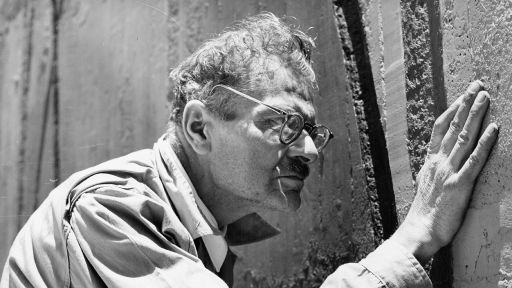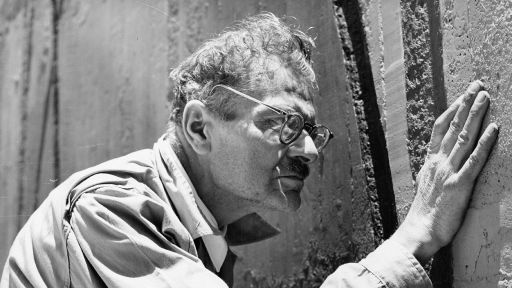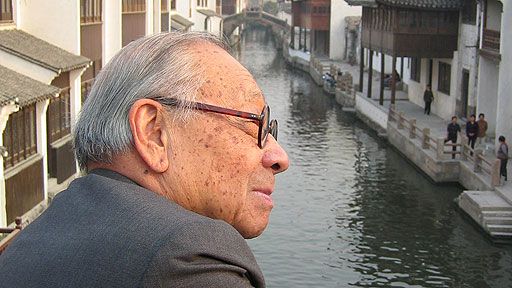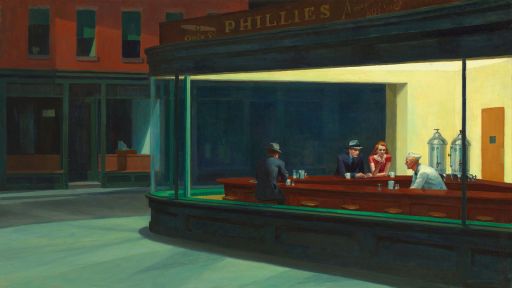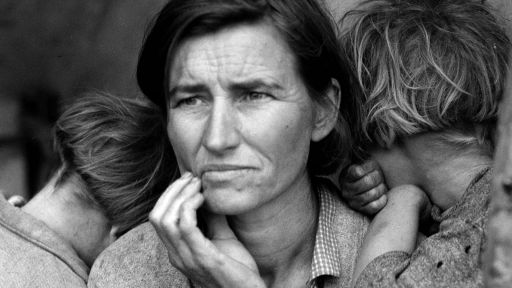“This is what we did. How did it happen? How could we? Now, I have never had a comfortable feeling about that war relocation job. All the difficulties of doing it were immense.” — Dorothea Lange, in American Masters – Dorothea Lange: Grab a Hunk of Lightning.
In 1942, shortly after the U.S. entered World War II, President Roosevelt issued Executive order 9066, which declared areas of the country military zones. This led to the forced relocation of Japanese-Americans to internment camps. The U.S. War Relocation Authority hired photographer Dorothea Lange to document the relocation process in the Pacific Coast area. Although she was against it, she felt it was important to record what has happening.
“The military didn’t know anything about Dorothea, essentially. They were looking for a photographer and here was someone who was in California. She’d already worked for the government. And had a reputation as being a very hard-working, responsible photographer,” explains Linda Gordon in a film excerpt from American Masters – Dorothea Lange: Grab a Hunk of Lightning.
“What the military wanted from her,” she continues, “was a set of photographs to illustrate that they weren’t persecuting or torturing these people who they evacuated.”


